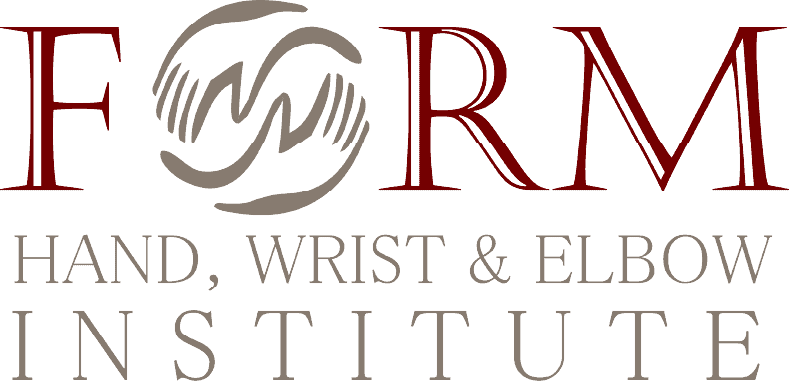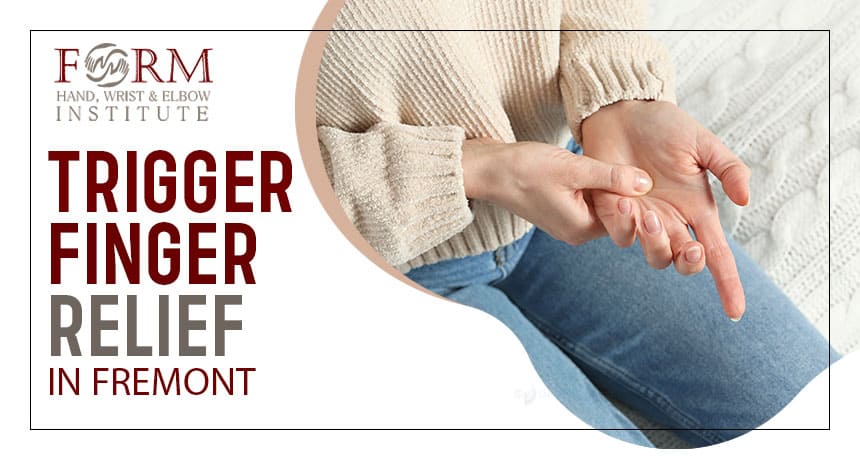Imagine having your finger or thumb stuck in a bent position, as if frozen mid-trigger pull. This condition, known as trigger finger or stenosing tenosynovitis, affects 1% to 2% of people. While the exact cause is often unknown, trigger finger is more common in individuals who engage in repetitive or strenuous finger activities, such as farming, gardening, or playing musical instruments. Those with certain medical conditions, including diabetes and rheumatoid arthritis, are also at higher risk.
Trigger finger develops when inflammation narrows the space around the tendon sheath, increasing pressure and restricting tendon movement. As the sheath becomes inflamed or a nodule forms on the tendon, it can cause the finger to become stuck in a bent position or lock in place. This condition not only impairs your ability to bend or straighten your fingers or thumb but also leads to pain, stiffness, and a clicking or popping sensation.
If untreated, the condition can worsen and may eventually need medical attention from a hand specialist. Fortunately, there are several effective treatment options available, most of which are non-surgical, to relieve the pain and discomfort of trigger finger. At FORM Hand, Wrist & Elbow Institute in Fremont, we offer a variety of these treatments to address your needs.
Trigger Finger Treatment at FORM Hand, Wrist & Elbow Institute
To effectively address trigger finger, your provider at FORM Hand, Wrist & Elbow Institute will start by diagnosing the condition. This involves a thorough examination of your hands and fingers, along with a detailed discussion of your symptoms. Once the diagnosis is complete, we can develop a personalized treatment plan tailored to your needs that may include one or more of the following:
- Resting: If your trigger finger is caused by overuse from work or hobbies, resting your hand can help alleviate symptoms. To support healing, avoid activities that worsen your condition, such as repetitive gripping.
- Over-the-Counter Medications: Nonsteroidal anti-inflammatory drugs (NSAIDs) can help alleviate pain and reduce inflammation associated with trigger finger.
- Stretching Exercises: Your provider will prescribe targeted, gentle stretching exercises designed to relieve pain and improve mobility in your finger or thumb.
- Splinting: Wearing a splint at night can keep your affected finger or thumb in a straight position while you sleep. Using the splint during the day may also provide relief and support.
- Steroid Injections: Administered by your doctor, corticosteroid injections can help reduce inflammation and may provide symptom relief.
In most cases, non-surgical treatments effectively relieve symptoms. However, if conservative methods do not provide sufficient relief, surgical intervention may be necessary.
Top Expert Care for Trigger Finger in Fremont – Find the Best Treatment Options
If you’re experiencing symptoms of trigger finger, it’s crucial to consult your healthcare provider as soon as possible for a precise diagnosis and effective treatment options. With the right care, most people can manage their symptoms successfully and return to their usual activities without long-term issues.
For those in the Fremont area, the friendly team at FORM Hand, Wrist & Elbow Institute is here to deliver exceptional care from start to finish. We’ll guide you through every step of your recovery, ensuring the best outcomes. Contact us today at (510) 480-3700 or use our online contact form to schedule your appointment and start your journey to recovery.
Source:
https://www.medicalnewstoday.com/articles/327135 https://www.mayoclinic.org/diseases-conditions/trigger-finger/symptoms-causes/syc-20365100 https://my.clevelandclinic.org/health/diseases/7080-trigger-finger

